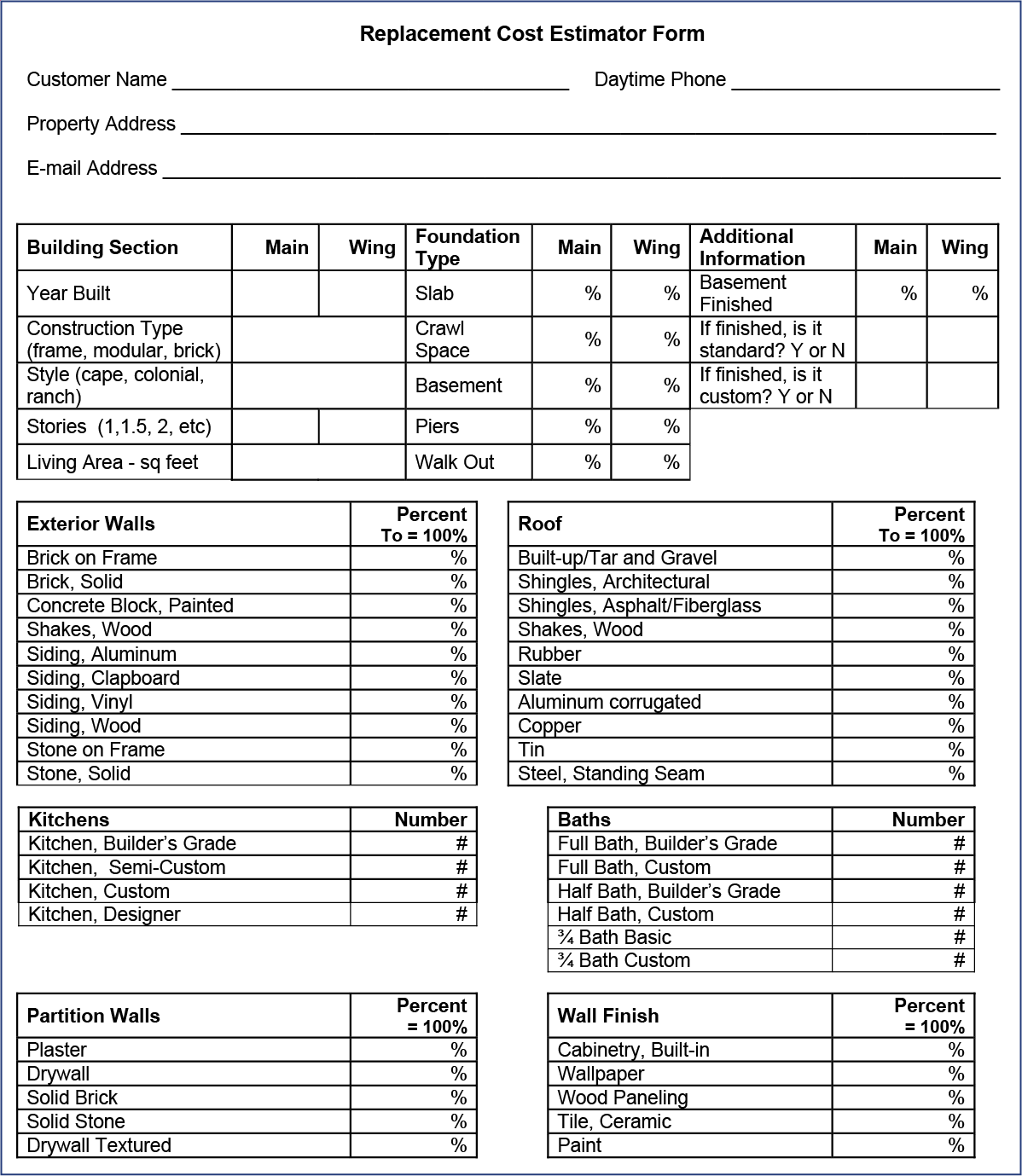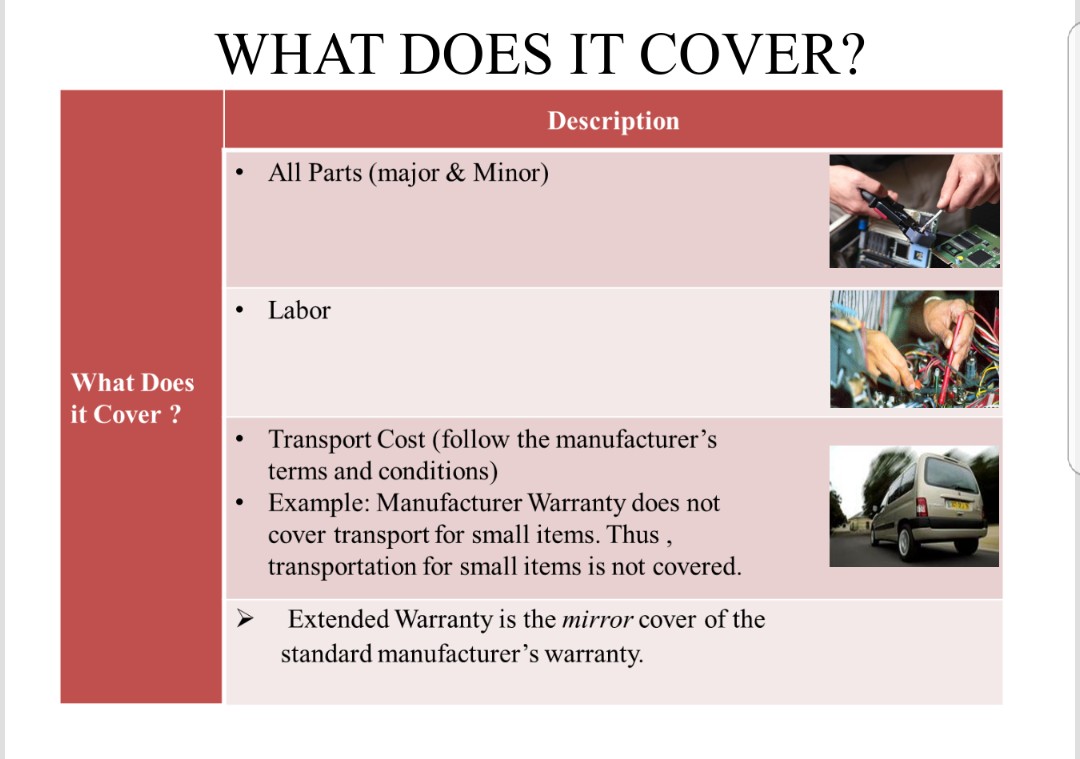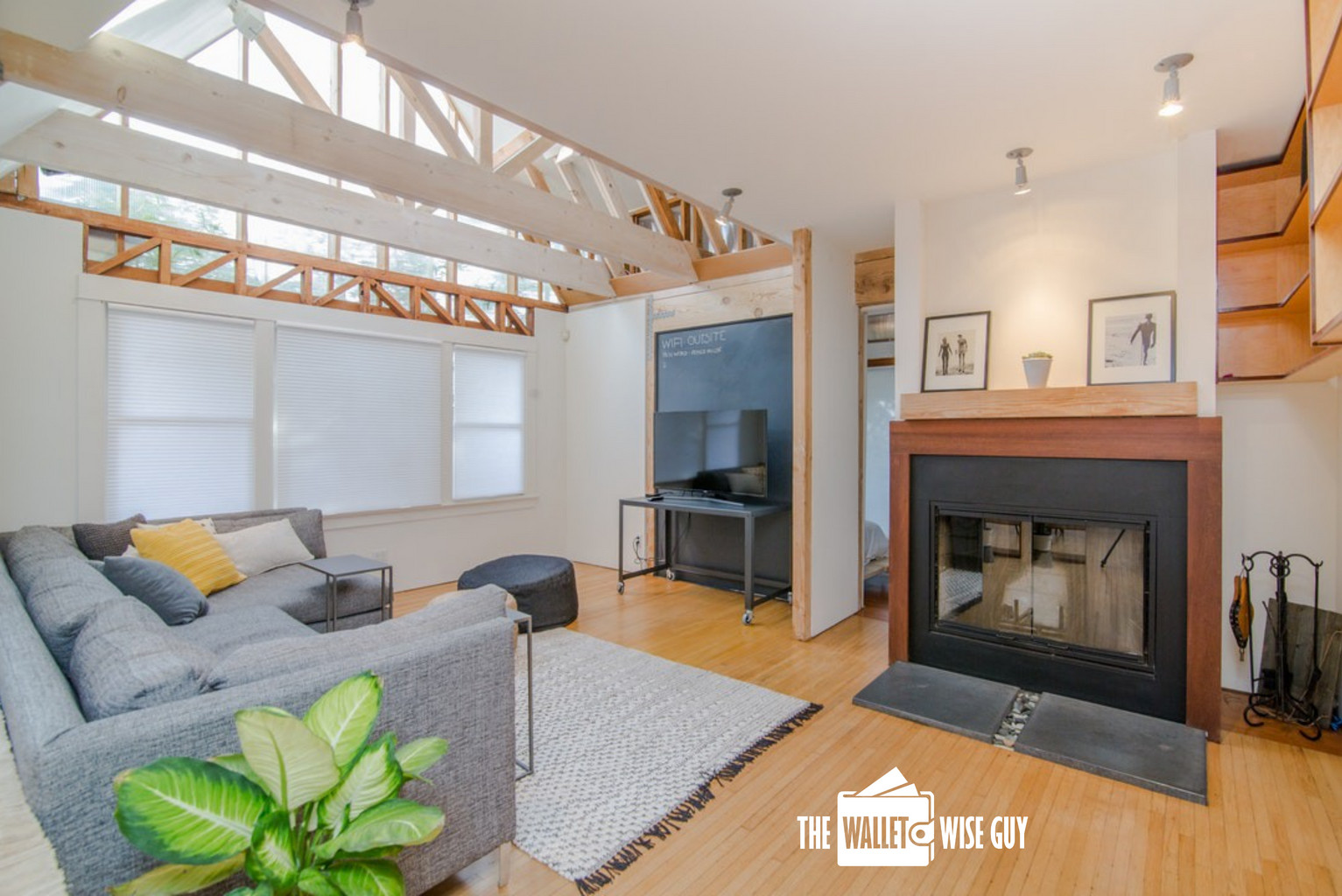Table of Content
- How to Estimate the Replacement Cost of Your Home
- Extended replacement cost vs. guaranteed replacement cost
- Why Homeowners Need a Cushion for Rebuilding Costs
- Extended replacement cost vs. actual cash value: what's the difference between the two?
- The Best Homeowners Insurance in 2022
- Easiest way to compare and buy car insurance
Options that act as a security blanket if your coverage limits aren't high enough to pay for a full rebuild. The age of your home can also have an impact on its replacement cost. Older homes are more likely to have custom details and construction materials that are more expensive at today’s prices. To determine your reimbursement amount, your insurance company would calculate how much it'd cost to replace your damaged roof with one of similar type and quality.

Insurance intersects with many parts of our lives, yet it’s tough to untangle, and wrong choices can make a financial mess. I’m especially interested in how data is affecting the price you pay for all insurance types. This leaves those whose homes have blown down or burned up at a serious disadvantage since their need for repairs is much greater and, in turn, they’ll have to pay more. And that’s particularly true in places like Lake Charles, Louisiana. Devastated by two hurricanes this year, the volume of insurance claims has risen by 4,000%, says Pyne.
How to Estimate the Replacement Cost of Your Home
This coverage option is usually the standard in homeowner’s insurance policies, so you might already have this. This coverage doesn’t deduct for depreciation or use the home’s current market value to determine the payout, but your policy will have a set limit. Extended replacement cost, also known as increased dwelling coverage and extended dwelling coverage, safeguards you from having to cover these excess costs yourself.
For example, let’s say your home is insured for $250,000 when it’s leveled by a wildfire. Every homeowner in your community who lost their home during the fire needs to rebuild, so the demand for labor and materials rises, bringing extra costs along with it. This is where extended replacement cost insurance comes into play. Learn how it can help you get back to normal in the event of a disaster. One day, a tornado destroys your home and several others in your community.
Extended replacement cost vs. guaranteed replacement cost
Our experts recommend that all homeowners have some additional replacement cost coverage, as the fees are small compared to the financial costs you could be on the hook for should supply costs rise. Those living in high-risk areas such as on the coast, in flood or earthquake zones, or areas prone to wildfires should consider adding more insurance coverage to their policy given the added risk. Depending on the percentage you chose, your new coverage amount could be anywhere from $275,000 to $375,000.

If homeowners don't want to pick policy limits as high as the replacement value of their home, they should still make sure limits are at least 80% of the replacement value. Your independent insurance agent can help you do this effectively. This means that if you have a lot of savings and assets, you may decide that you’d rather take a chance and save money on premiums. You’ll need to contribute more of your own money in case of fire, theft, or another disaster, but you’ll free up extra money in your monthly or quarterly budget.
Why Homeowners Need a Cushion for Rebuilding Costs
The actual cash value of your items is almost always lower than the replacement cost. For example, a five-year-old TV is worth less than a brand new one, even if the new one is a comparable brand and model. At Insure.com, we are committed to providing honest and reliable information so that you can make the best financial decisions for you and your family. All of our content is written and reviewed by industry professionals and insurance experts. We maintain strict editorial independence from insurance companies to maintain our editorial integrity, so our recommendations are unbiased and are based on a comprehensive list of criteria.

On the other hand, home insurance companies often do offer policyholders options to expand their protection and create a buffer against rising costs. Two of those options are extended or guaranteed replacement cost policies, both of which are more expensive than a typical replacement cost policy. An extended replacement cost policy will cover you up to a certain percentage above your dwelling limit. Your dwelling coverage should equal your home’s replacement cost because you want it to fully cover the costs of rebuilding your home. You can calculate it by multiplying your home’s square footage by your local rebuild cost.
Best South Carolina Ghost Towns
Many insurance carriers offer extended replacement cost coverage as an add-on to your standard homeowners insurance policy. They typically offer it in increments, as a percentage of your normal dwelling coverage limit. However, you may need to file a claim with your homeowners insurance during a time that many homes in a given area are impacted due to a natural disaster. In these unfortunate times, the normal cost of rebuilding that your homeowners insurance covers will likely be unable to cover the rising costs of rebuilding materials and construction labor in your area.

This threshold — common among home insurance policies — requires your dwelling coverage limits to be at least 80% of your home's replacement cost. If they're not, you won't be guaranteed full reimbursement for damages to your home. With a guaranteed replacement cost endorsement, your homeowners insurance will pay for all of the rebuild costs, no matter how much it costs. That means even if your rebuild costs are double your dwelling coverage, your homeowners insurance will pay for it. With an extended replacement cost endorsement, your homeowners insurance policy will pay for repairs that exceed your dwelling coverage up to a limit. This limit caps at a 50% maximum of your dwelling coverage but can be less depending on the policy.
Homeowners in those areas might not like the idea of extra coverage. But thinking about the potential astronomical prices that could happen down the road puts the extra monthly fee into perspective. Hurricane prone states such as Florida, Texas, and Louisiana lead the national average for homeowners insurance premiums. Factors such as your insurer, the location and value of your home, and even your credit score affects the price. But you can expect to spend an additional $25-$50 annually for this boost in coverage.

However, you will pay an added fee in exchange for this increased scrutiny. Professional appraisal prices can vary widely depending on where you live but are generally in the order of several hundred dollars. And like an insurer calculation, it will rely on data sourced by the creator of the tool that is not guaranteed to be an accurate reflection of construction costs in your location. This method is probably the easiest way to estimate the replacement cost of your home, but it won't be as reliable as an in-person appraisal. These analytical tools calculate your replacement cost based on inputs entered by you and by construction costs sourced by the creator of the tool. If you do plan to rely on an insurer estimate, be sure to compare estimates from multiple insurers before committing to an RCV.
The most costly option — but also the one most likely to yield accurate results — is to hire a professional appraiser. A professional appraiser can provide a qualified opinion on the replacement cost of your home and is licensed or certified based on state standards. For your dwelling coverage, increasing the likelihood that you'll receive sufficient reimbursement from your insurer to rebuild your home if you make a claim. As a rule, replacement cost insurance is more expensive than actual cash value insurance, but you get more benefit out of replacement cost insurance than you get with actual cash value insurance. Replacement cost coverage price totally depends on the value of your home and your items.
But demand surge after natural disasters can cause rebuild costs to skyrocket, potentially leaving homeowners without enough coverage to repair or replace their home. In the event this were to happen, extended replacement cost “extends” the amount of insurance on your house by an additional amount (usually 10% to 50%). The cost of adding extended replacement cost coverage to your homeowners insurance policy varies depending on your insurance carrier, coverage limits, and where you live. But purchasing this coverage for a home in a coastal community or an area with a high wildfire risk can cost more. In these areas, there’s a higher risk of having a large number of homes in the area severely damaged or destroyed, which temporarily drives up the cost of building materials and labor.
If you don’t have additional replacement cost coverage the extra $30,000 to $50,000 cost would fall on your shoulders. This extended amount is designed to cover those rising costs and allow you to be able to rebuild or repair your home despite rising costs everywhere. Remember that replacement cost insurance is a type of home insurance coverage. If you’re buying homeowners insurance and choose the replacement cost option, the cost of replacement cost insurance is one and the same as the cost of your homeowners insurance.

No comments:
Post a Comment